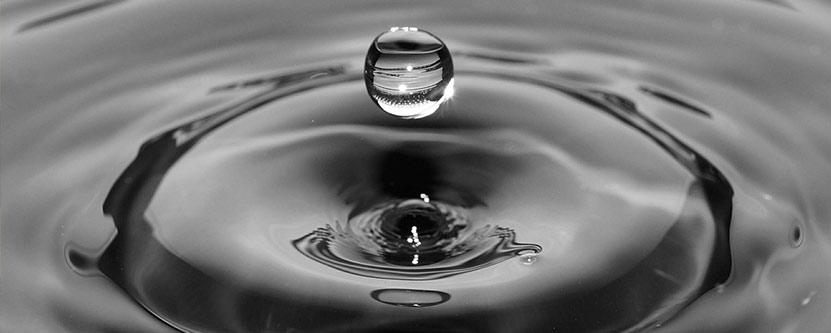During the monsoon, outbreaks of such diseases which spread through contaminated food or water, are common in
[the_ad id=”6084″]
areas where there is poor sanitation and lack of a proper sewage system. Unhygienic food and beverages from street vendors can also become a source of such diseases.
Cholera
The disease is usually spread through food and water contaminated by human feces and is swiftly carried forward by flies and thus is common in areas of poor sanitation. While cholera can easily be cured, it can also turn deadly if left untreated.
Symptoms
- Severe diarrhea and effortless vomiting
- Rapid weight loss and muscle cramps due to dehydration
- Low blood pressure
- Dry mucous membranes, including the inside of the mouth, throat, nose, and eyelids
- Loss of skin elasticity.
Typhoid Fever
Typhoid fever is caused by the ingestion of food or water contaminated by the bacteria Salmonella typhi.
Symptoms
- Poor appetite and lethargy
- Fever, as high as 104 degrees Fahrenheit
- Abdominal pain
- Diarrhea or constipation
- Headaches
- Generalized pains and aches
Hepatitis A
It is an acute infectious disease of the liver caused by the Hepatitis A virus and spreads through contaminated stool, food, water or close personal contact with the infected person. It does not spread through non-skin contact or proximity to the patient. Symptoms usually develop 2-7 weeks after contact with the virus.
Symptoms
- Fatigue
- Nausea
- Jaundice, which is the yellowing of skin or the eyes
- Dark amber colored urine
- Appetite Loss
- Clay colored feces
Precautions
- Avoid food or water which has a high probability of being contaminated especially street food
- Maintaining strict personal hygiene ensures protection against most water-borne diseases
- Store food/water in covered containers to protect it from flies
- Do not take these diseases lightly. Neglect can turn them into potentially fatal epidemics.
- Ingest small quantities of ORS at short intervals to combat dehydration caused by diarrhea.
Source:

